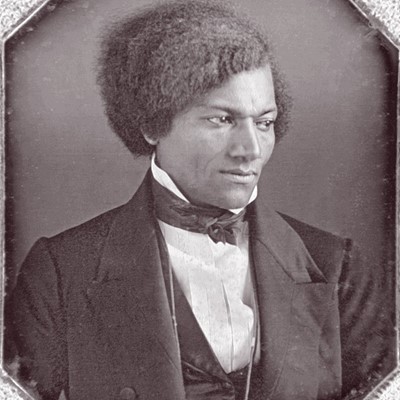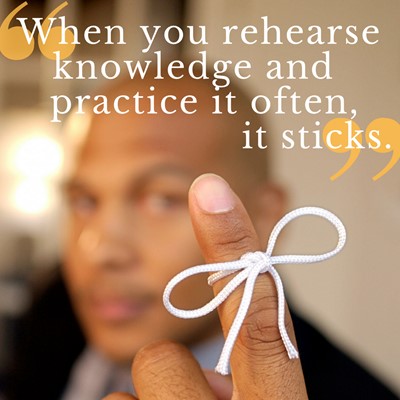
"Last words linger" is a favorite insight Buckley coach Chakisse Newton shares whenever we talk about how to wrap up a talk or presentation.
How, then, does a speaker close and leave a positive lingering impression? What should those last words be? Here are three concepts to keep in mind, so you conclude on a strong note.
1. Recap and restate
It seems simple, yet speakers often overlook this essential piece of the presentation: Repeat your main ideas to close.
One simple way to organize a presentation is to express your main idea—the one thing you want the audience to know or feel—then present the supporting material in three points or three categories.
As you conclude, you help audiences and yourself when you restate that main idea:
- In the course of hearing your presentation, they may need or appreciate a reminder.
- When we open and close with the same notion, we book end the presentation, which gives the audience a satisfying sense of completion. Often audiences say "you tied that up nicely."
- We make sure our goal—The One Thing—is the message they hear before they walk away. Back to “last words linger.”
2. Acknowledge what's next
Our European clients like to joke: "Americans always have to include next steps in their presentations."
Perhaps—but audiences are often wondering what they can do with the information you just provided. Your close can be an opportune moment to identify where we go from here.
A next step can also show an audience you've been listening to their input, if your presentation is a two-way affair. You can acknowledge questions that need to be answered, objections that may have to be considered.
As you acknowledge or identify, try connecting these next steps to your overall message for a conclusion that's both a recap and a suggestion for action. You don't want to end on an objection alone, for example, because "last words linger."
3. Don't un-stick your landing
Sometimes a speaker gets to the end of a strong presentation, then concludes with "that’s all I've got" or "I guess I'm done." In doing so, they seem to be dismissing all the good work they just accomplished.
Remember, you can conclude with a recap of your message. It's as easy as restating your main idea. You'll benefit your audience and yourself when you do.
It's also helpful to know that any statement can sound like the end, if you deliver it slowly with a few pauses:
This (pause) is how (pause) we do it. (big pause, smile)
If your audience is still looking up at you, wide-eyed, not clear that you've finished, what next?
- Pause silently and smile.
- Say "thank you" or "thanks for your time today."
- Step back, walk away, or sit down—with a smile.
Try it and see if you can create a sense of conclusion without having to resort to some version of That’s all, folks.
Control & conclude: Getting the last word
Often when we present, questions come after we've wrapped up our main message. A savvy speaker tries not to let Q&A be the last word.
After taking questions, reassert yourself and your main ideas with a brief close—even if you have already closed out the presentation.
LEARN MORE
Some say a strong close starts with a powerful open. Find our how-to guide for opening strong here.
Did we spark some questions for you about making the most of Q&A? If so, check this out.
For some guidance on how to better organize a message, we look at some common structures here.






